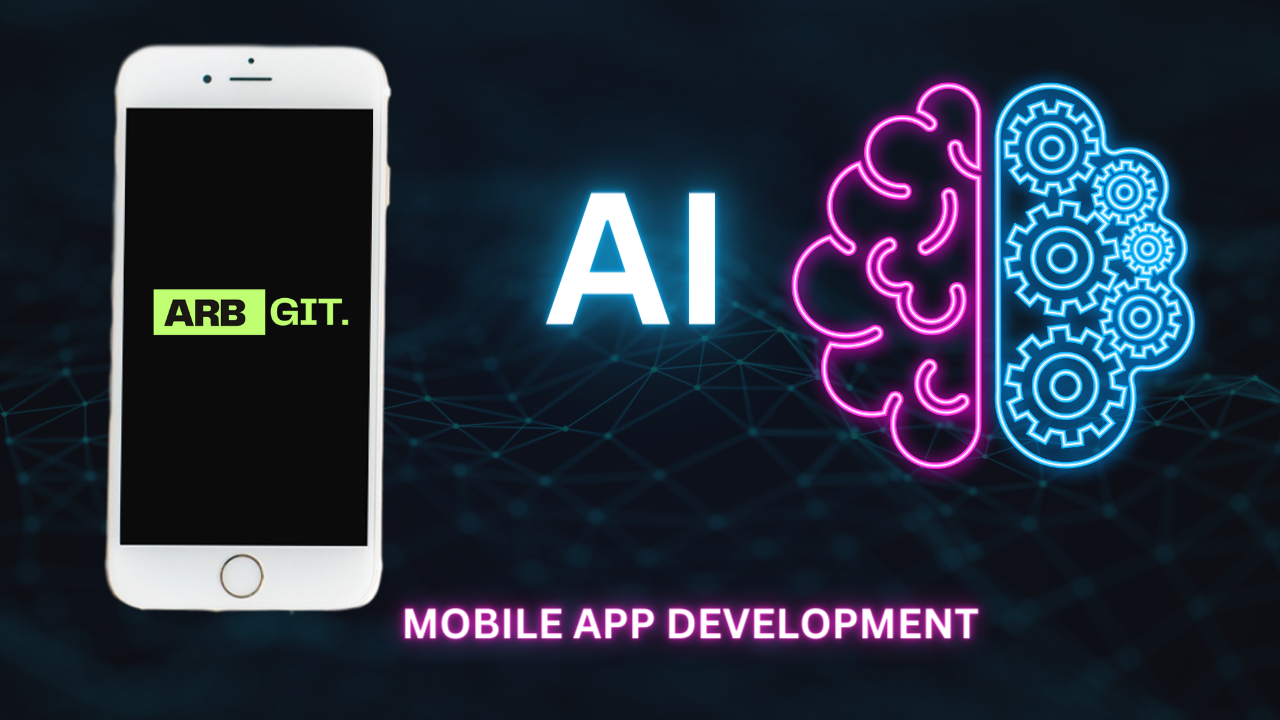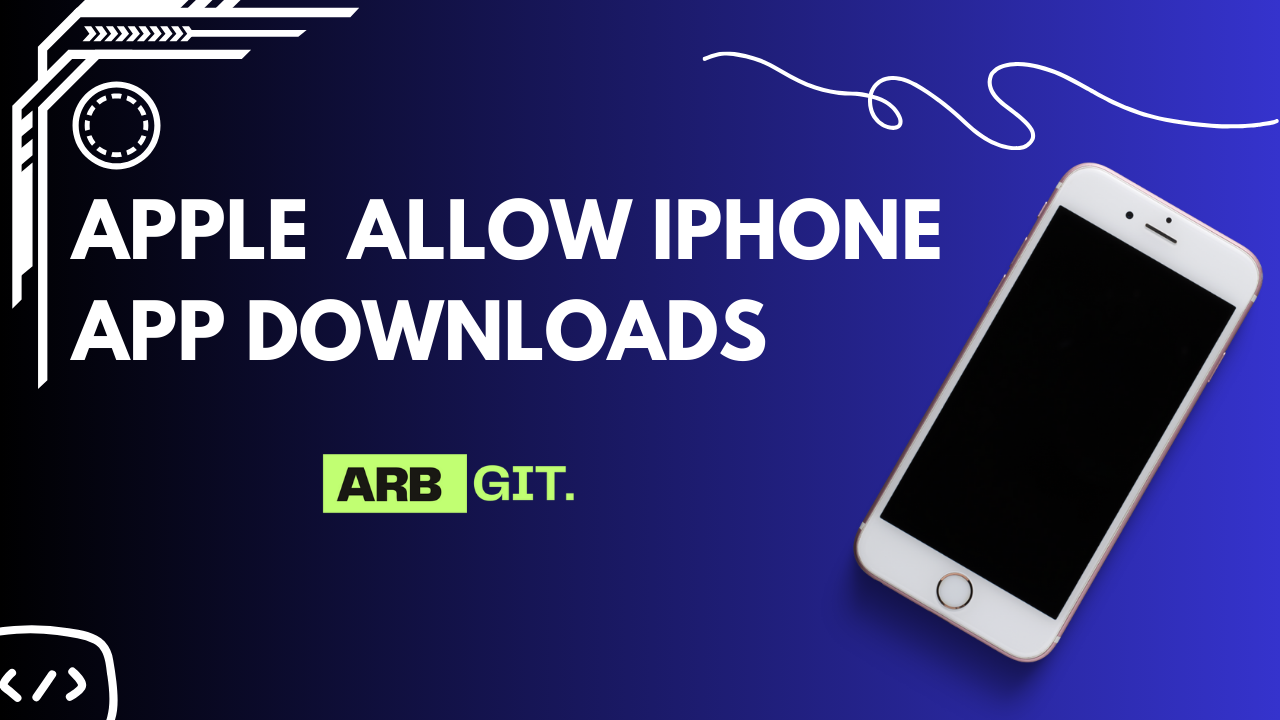the 10 Best AI Tools for Mobile App Development

dynamic realm of mobile app development, the integration of Artificial Intelligence (AI) has emerged as a game-changer. As developers seek to create smarter, more intuitive applications, leveraging AI tools has become indispensable. This comprehensive guide delves into the top 10 AI tools for mobile app development, exploring the functionalities, benefits, and unique features that make each tool stand out. From free AI tools to app generators, we navigate the landscape to help developers and enthusiasts alike stay ahead of the curve.
Introduction to AI in Mobile App Development
The AI Revolution: Artificial Intelligence has transcended from a futuristic concept to a transformative force in the world of technology. In mobile app development, AI is no longer a luxury but a necessity. This section introduces the pivotal role AI plays in enhancing user experiences, optimizing functionalities, and revolutionizing the way developers approach app creation.
Era of Smart Apps: As smartphones become an integral part of our daily lives, the demand for smarter and more intuitive apps continues to rise. AI empowers developers to create applications that learn, adapt, and provide personalized experiences. This subsection explores the shift towards smart apps and the role AI tools play in shaping this new era of mobile applications.
The Top 10 AI Tools for Mobile App Development
1. TensorFlow
Overview: As an open-source machine learning framework, TensorFlow has garnered immense popularity. Developed by Google, it offers a comprehensive set of tools for building and deploying machine learning models. This subsection explores TensorFlow’s applicability in mobile app development, showcasing its versatility and the range of AI applications it supports.
Why Developers Love It: TensorFlow’s popularity stems from its flexibility and scalability. Developers appreciate its ability to seamlessly integrate with mobile applications, enabling the creation of intelligent features such as image recognition, natural language processing, and predictive analytics.
2. IBM Watson
Overview: IBM Watson stands as a robust AI platform that goes beyond traditional machine learning. This subsection delves into the capabilities of IBM Watson in mobile app development, highlighting its advanced AI functionalities, including cognitive computing, chatbot development, and data analysis.
Why Developers Love It: Developers favor IBM Watson for its extensive range of AI services and APIs. From language translation to sentiment analysis, Watson empowers developers to infuse their mobile apps with cutting-edge AI capabilities without the need for extensive AI expertise.
3. Microsoft Azure Cognitive Services
Overview: Microsoft Azure Cognitive Services is a suite of AI tools and APIs designed to add cognitive capabilities to applications. This section explores the diverse functionalities offered by Azure Cognitive Services, from vision and speech recognition to language understanding and decision-making.
Why Developers Love It: Azure Cognitive Services simplifies the integration of AI into mobile apps with pre-built models and APIs. Developers appreciate the ease of implementation and the ability to enhance user interactions through features like facial recognition and natural language understanding.
4. Appy Pie AI App Builder
Overview: Appy Pie’s AI App Builder is a user-friendly tool designed for those without extensive coding experience. This subsection introduces the app builder’s intuitive interface and explores how it allows users to create AI-powered apps effortlessly.
Why Developers Love It: Appy Pie’s AI App Builder is favored by developers seeking a quick and accessible way to infuse AI into their applications. With a drag-and-drop interface and pre-built AI features, it caters to those looking for a streamlined app development process.
5. Dialogflow
Overview: Dialogflow, a product of Google Cloud, specializes in natural language processing and conversation management. This section uncovers how Dialogflow facilitates the creation of chatbots and voice interfaces, enhancing user engagement in mobile applications.
Why Developers Love It: Developers appreciate Dialogflow’s robust natural language understanding capabilities. It enables the creation of conversational interfaces, making mobile apps more interactive and responsive. The platform’s integration with popular messaging platforms adds an extra layer of convenience.
6. Wit.ai
Overview: Wit.ai, acquired by Facebook, is a natural language processing platform that simplifies the integration of voice and text recognition into applications. This subsection explores how Wit.ai empowers developers to build AI-driven functionalities that understand and respond to user input.
Why Developers Love It: Wit.ai’s appeal lies in its simplicity and flexibility. Developers can train the platform with custom language models, making it adaptable to various applications. Its community-driven approach ensures continuous improvement and a wealth of resources for developers.
7. Lobe
Overview: Lobe positions itself as a user-friendly platform for building custom machine learning models. This section introduces Lobe’s visual interface, highlighting its approachable design that allows developers to create AI models through visual elements.
Why Developers Love It: Lobe caters to developers who may not have an extensive background in machine learning. Its visual interface simplifies the model-building process, making it accessible to a broader audience. Developers appreciate the emphasis on creativity and experimentation.
8. TensorFlow Lite
Overview: TensorFlow Lite is a lightweight version of TensorFlow specifically designed for mobile and edge devices. This subsection explores how TensorFlow Lite enables developers to deploy machine learning models on mobile platforms, optimizing performance without compromising accuracy.
Why Developers Love It: TensorFlow Lite addresses the challenges of deploying AI models on resource-constrained mobile devices. Developers appreciate its efficiency in running models locally on devices, enhancing speed and responsiveness for AI-driven applications.
9. H2O.ai
Overview: H2O.ai positions itself as an open-source platform for AI and machine learning. This section delves into H2O.ai’s capabilities in mobile app development, emphasizing its suite of tools for data analysis, model training, and deployment.
Why Developers Love It: H2O.ai provides a comprehensive set of tools that appeal to developers seeking end-to-end solutions for AI development. Its open-source nature fosters collaboration, and developers appreciate the platform’s ability to handle large-scale data for training robust models.
10. Snips
Overview: Snips focuses on privacy-focused, embedded voice AI. This subsection introduces how Snips allows developers to integrate voice recognition directly into their mobile apps without relying on cloud-based services, addressing privacy concerns.
Why Developers Love It: Privacy is a growing concern
, and Snips caters to developers who prioritize keeping user data on-device. Developers appreciate the ability to implement voice-controlled features without compromising user privacy, making Snips a valuable addition to the AI toolkit.
Choosing the Right AI Tool: A Developer’s Dilemma
Considerations for Selection: Selecting the right AI tool depends on various factors, including the project’s scope, developer expertise, and desired AI functionalities. This section provides guidance on the key considerations developers should weigh when choosing an AI tool for their mobile app development endeavors.
Navigating the Learning Curve: While some AI tools cater to seasoned developers, others prioritize accessibility for those with limited coding experience. This subsection offers insights into the learning curves associated with different AI tools, helping developers make informed decisions based on their skill levels.
The Future of AI in App Development: What Lies Ahead?
Emerging Trends: The landscape of AI in mobile app development is continually evolving. This section explores emerging trends, from the integration of AI with augmented reality to advancements in natural language understanding. Developers gain foresight into the trends that may shape the future of AI-powered apps.
Challenges and Opportunities: As AI becomes more prevalent in app development, challenges and opportunities arise. This subsection delves into the potential roadblocks developers may encounter and the opportunities that stem from overcoming these challenges. From ethical considerations to the potential for groundbreaking innovations, the future holds both hurdles and prospects.
Conclusion: Empowering App Development with AI
As we navigate the expansive landscape of AI tools for mobile app development, one thing becomes clear – the future of app development is undeniably intertwined with artificial intelligence. Whether developers opt for the robust capabilities of TensorFlow, the accessibility of Appy Pie’s AI App Builder, or the privacy-focused approach of Snips, each tool contributes to the evolving ecosystem of AI-powered applications.
In conclusion, the synergy between AI and mobile app development opens doors to unprecedented possibilities. Developers are not just creating applications; they are shaping experiences, enhancing user interactions, and paving the way for a future where intelligence is seamlessly woven into the fabric of every app. As the journey continues, developers must stay attuned to the latest trends, master the tools that align with their goals, and embrace the transformative power of AI to unlock the full potential of mobile app development. The era of intelligent apps is upon us, and developers wielding the right AI tools have the opportunity to lead the charge into a future where innovation knows no bounds.




